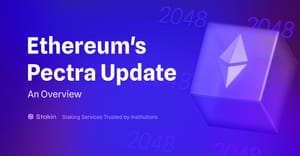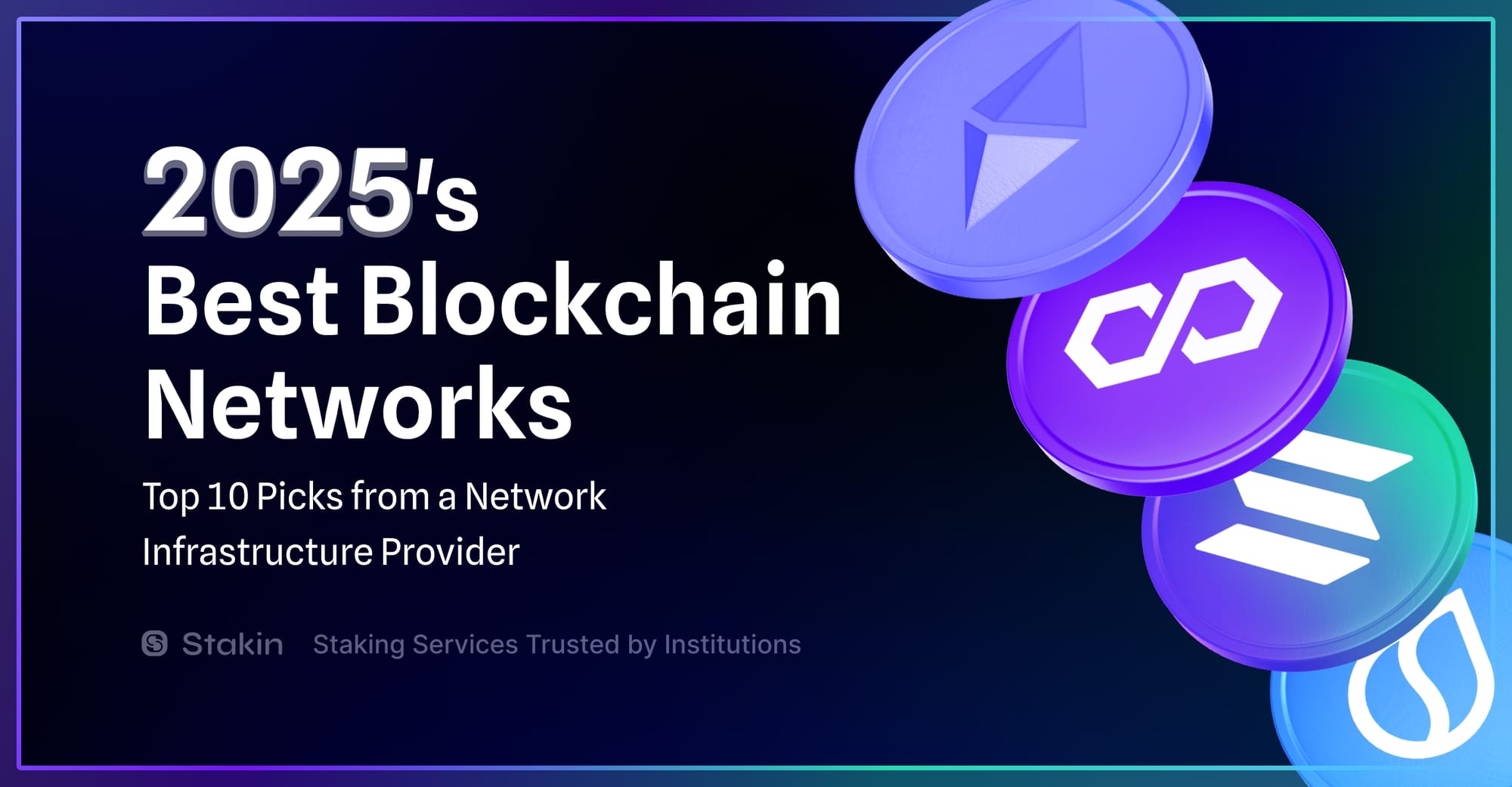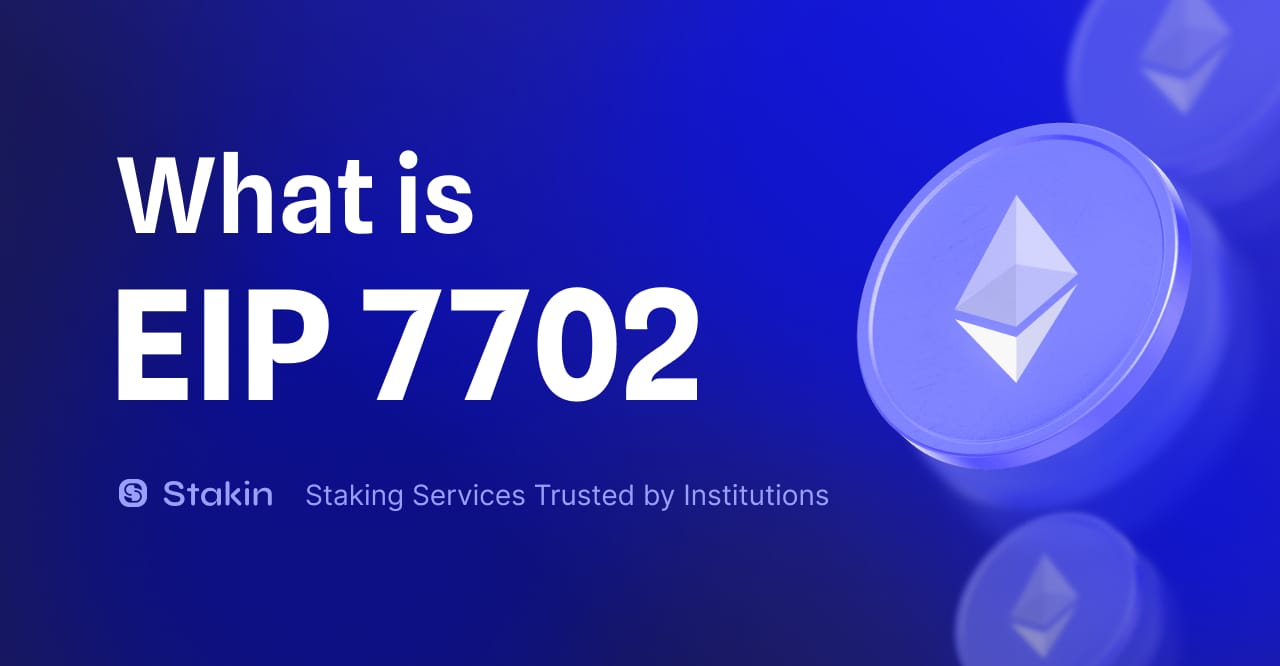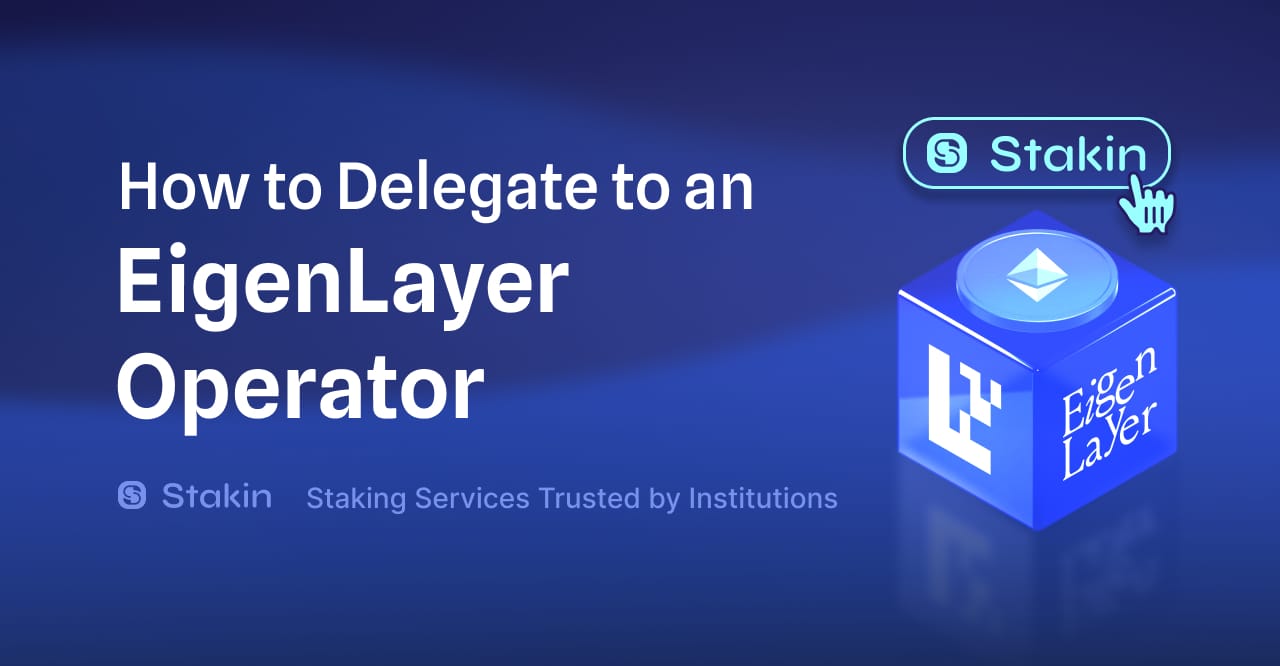The Ethereum network is preparing for one of its most significant updates since The Merge, with its upcoming “Pectra” upgrade. Originally conceived as two separate upgrades—Prague and Electra (Prague+Electra=Pectra!)—this comprehensive enhancement has evolved into what could prove to be a transformative development for the Ethereum ecosystem. Scheduled to begin implementation in early 2025, the Pectra upgrade represents an intriguing step forward in Ethereum's ongoing journey toward greater scalability, improved user experience, and accessibility.
The Ongoing History of Pectra
Pectra’s journey toward adoption began in November 2023, when developers initially envisioned it as a relatively modest upgrade that could be activated in the same year as Dencun (which was successfully implemented in March 2024). However, the scope of the upgrade expanded significantly as developers grappled with competing priorities for the Ethereum protocol and the ecosystem forming around it.
By August of 2024, Pectra had grown to become potentially the largest upgrade in Ethereum's history by the number of Ethereum Improvement Proposals (EIPs) included within it. This expansion led to important strategic decisions about how Pectra would eventually be implemented—specifically to split the upgrade into two phases, thereby addressing emerging concerns about the upgrade’s complexity and managing the risks associated with it.
The decision to split the Pectra upgrade wasn't made lightly. The EthPandaOps team, responsible for organizing testing efforts for Ethereum upgrades, initially suggested this approach in May 2024. While the idea wasn't immediately adopted due to concerns about delaying the subsequent Verkle transition, it gained traction when Ethereum Foundation Researcher Alex Stokes reintroduced it in September, emphasizing the importance of maintaining a manageable scope and reducing implementation risks.
Key Components and Changes
The Pectra upgrade addresses three fundamental aspects of the Ethereum network:
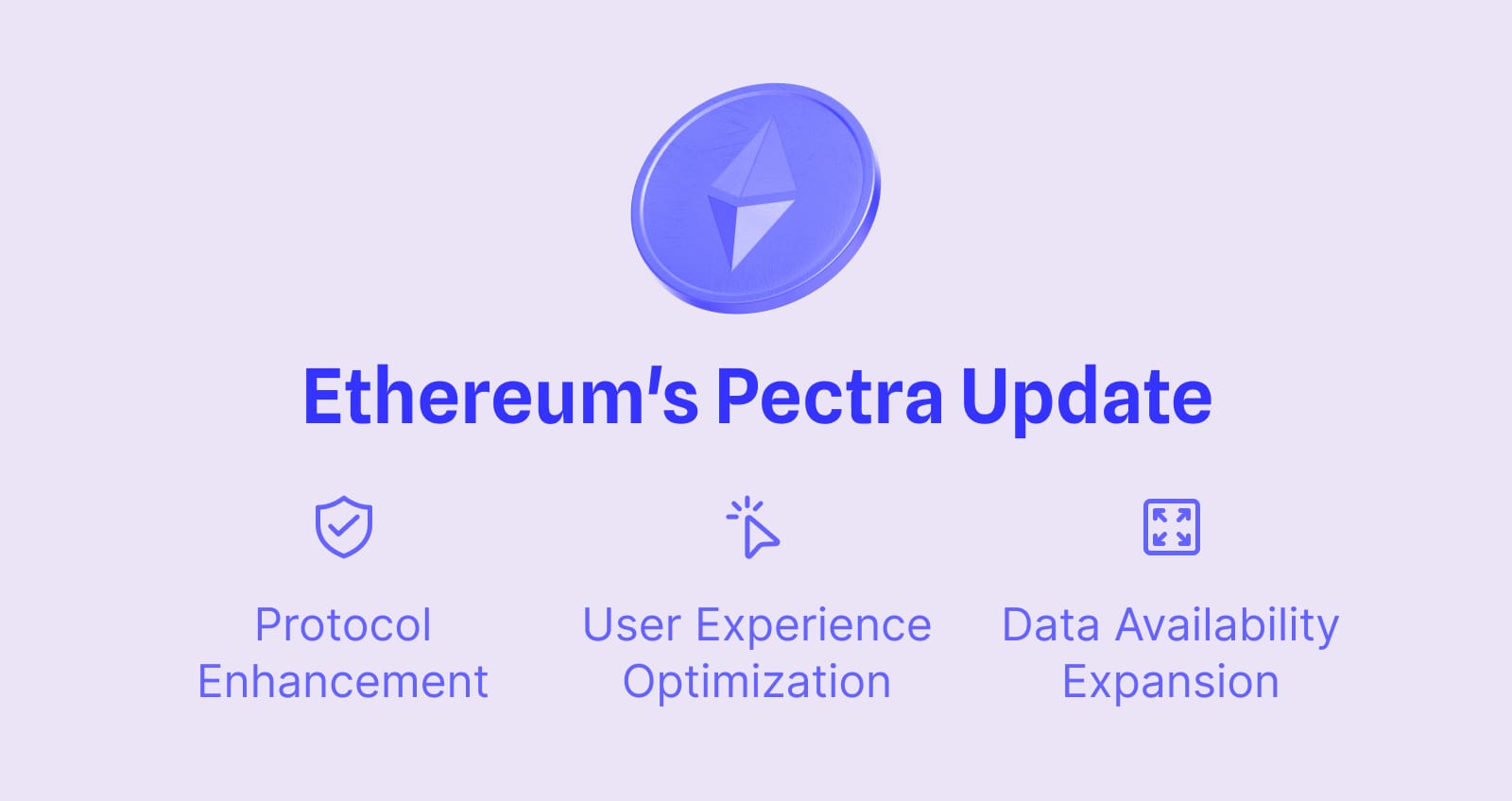
- Protocol Enhancement: The Pectra upgrade aims to fix critical shortcomings of Ethereum as a proof-of-stake blockchain, implementing changes that will make the network more efficient and secure. This includes improvements to validator operations and consensus mechanisms that strengthen the network's foundation.
- User Experience Optimization: Several improvements focus on making the network more accessible and user-friendly, particularly in how users interact with smart contracts and manage transaction fees. These changes aim to reduce entry barriers and make Ethereum more intuitive for newcomers.
- Data Availability Expansion: The Pectra upgrade includes significant improvements to Ethereum's capacity as a data availability layer (DAL), supporting the growing EVM ecosystem of Layer 2 solutions. This enhancement is crucial for Ethereum's scalability roadmap and its ability to support increasing transaction volumes.
One of the most notable changes is the implementation of account abstraction, which will fundamentally change how users interact with the network. Users will no longer need to hold ETH specifically for gas fees, instead being able to pay with other tokens like USDC or DAI. This change could significantly reduce barriers to entry for new users and make the network more accessible. Additionally, the upgrade enables third-party services to sponsor gas fees, potentially eliminating transaction costs for some users entirely.
Technical Improvements
The Pectra Upgrade, as proposed, introduces multiple Ethereum Improvement Proposals (EIPs), including:
EIP-2537: Precompile for BLS12-381 curve operations
EIP-2935: Serve historical block hashes in state
EIP-6110: Supply validator deposits on chain
EIP-7002: Execution layer triggerable assets
EIP-7251: Increase the MAX_EFFECTIVE_BALANCE
EIP-7549: Move committee index outside Attestation
EIP-7594: PeerDAS - Peer Data Availability Sampling
EIP-7685: General purpose execution layer requests
EIP-7702: Set EOA account code for one transaction
EIP-7692: Meta EIP that includes:
- EIP-663: SWAPN, DUPN, and EXCHANGE instructions
- EIP-3540: EOF (EVM Object Format) - EVM Object Format v1
- EIP-3670: EOF-Code Validation
- EIP-4200: EOF static relative jumps
- EIP-4750: EOF-Functions
- EIP-5450: EOF-Stack validation
- EIP-6206: EOF-JUMPF and non-returning functions
- EIP-7069: Revamped CALL instructions
- EIP-7480: EOF -Data section access instructions
- EIP-7620: EOF Contract Creation
- EIP-7698: EOF- Creation transaction
The validator system will see substantial improvements through several of the key EIPs included. EIP-7251 increases the maximum effective balance from 32 to 2048 ETH, revolutionizing validator operations in multiple ways: First, it enables true reward compounding, where every additional ETH earned can automatically generate new rewards, rather than requiring full 32 ETH increments. This granular compounding wasn't possible in the previous system, where stakers needed to complete 32 ETH chunks to earn additional rewards. Second, the increased limit addresses a long-standing inefficiency where additional ETH beyond the 32 ETH limit couldn't earn rewards, making the staking system more attractive for larger holders.
The implications extend beyond individual validator benefits. This architectural change could significantly improve overall network efficiency by reducing the total number of validators needed while maintaining the same level of decentralization. Instead of requiring multiple 32 ETH validators to handle larger stakes, a single validator can now manage up to 2048 ETH, streamlining network operations without compromising its decentralized nature.
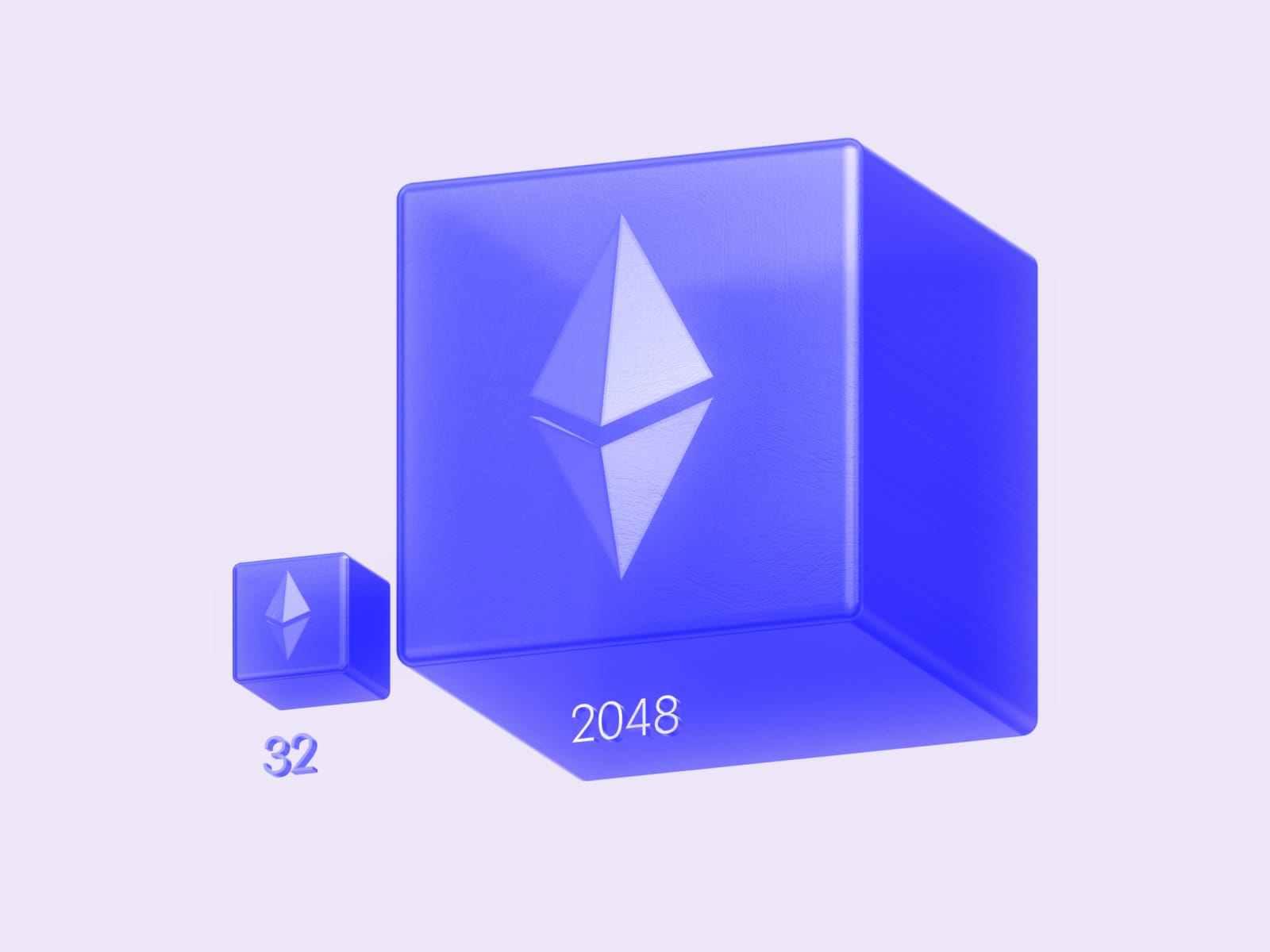
Complementing this, EIP-6110 fundamentally improves how validator deposits are handled by moving them directly onto the execution layer. This change reduces the deposit processing time from approximately 12 hours to just 13 minutes, significantly improving the user experience for new validators. More importantly, it enhances security by eliminating the need for proposer voting in deposit processing and removes the dependency on external API calls that have proven to be brittle points in client implementations.
Another significant improvement for stakers comes through EIP-7002, which introduces execution layer triggerable withdrawals. This change gives stakers full control over their funds by allowing withdrawals to be initiated directly from their withdrawal credentials address, eliminating dependency on validator operators. Previously, only the validator's active key could initiate exits, which created potential trust issues in custody relationships and complicated recovery scenarios for lost validator keys. The upgrade allows both partial withdrawals and complete exits to be triggered by the withdrawal credentials owner, providing greater security and autonomy for stakers. This is particularly valuable for institutional stakers and staking services where the stake owner and validator operator are separate entities.
Smart contract efficiency will also see significant improvements through EIP-7692, which enhances the Ethereum Virtual Machine Object Format (EOF). These changes will make contract deployment and execution more cost-effective and efficient, benefiting both developers and users. The EVM improvements include optimized code validation, better function handling, and more efficient data access instructions.
Another key technical advancement is the introduction of Verkle trees, which represents a fundamental change in how Ethereum manages its state data. This improvement will enable more efficient data storage and verification, paving the way for future scalability improvements. Verkle trees allow nodes to generate smaller proofs about state data, making it easier to pass information between nodes and supporting the development of stateless clients.
The Pectra upgrade also introduces PeerDAS (Peer Data Availability Sampling), a crucial feature for Layer 2 solutions. This technology improves how data availability is handled across the network, making Layer 2 solutions more efficient and cost-effective. The implementation of PeerDAS demonstrates Ethereum's commitment to supporting its growing Layer 2 ecosystem and enhancing the network's overall scalability strategy.
Implementation Strategy
As mentioned earlier, the decision to split Pectra into two phases came after careful consideration of the upgrade's complexity and its potential risk profile. Pectra’s first phase, targeted for early 2025, will focus on implementing eight confirmed EIPs that developers have already begun testing on devnets. This includes essential improvements to user experience and validator operations.
The second phase, which will follow at a later date, will incorporate the remaining technical improvements — once confirmed, including the EOF changes and PeerDAS implementation mentioned earlier. This phased approach allows for more thorough testing and reduces the risk of implementation issues. Developers have emphasized that this split strategy doesn't indicate a reduction in scope but rather a more measured approach to implementing complex changes.
The testing process for both phases will be rigorous, with multiple devnet deployments and comprehensive simulation of different network conditions. This careful approach reflects the lessons learned from previous upgrades and the critical importance of maintaining network stability during major changes.
Impact on Stakeholders
For Regular Users
The most immediate impact will be felt in daily interactions with the Ethereum network. The ability to pay gas fees with different tokens represents a significant improvement in user experience. Additionally, the potential for sponsored transactions could make the network more accessible to new users. The improvements in smart contract efficiency should also lead to faster transaction processing and potentially lower costs for complex operations.
For Validators and Stakers
The increased validator stake limit and flexible withdrawal capabilities will make staking operations more efficient and potentially more profitable. Large staking operations will benefit from the ability to consolidate their validators, reducing operational complexity. The new withdrawal system also provides more flexibility in managing staked assets, allowing for better liquidity management while maintaining network security.
For Developers
The improvements to the EVM and smart contract deployment processes will make development more efficient and cost-effective. The introduction of new tools and capabilities will enable more sophisticated applications while reducing deployment costs. The enhancement of the EOF provides developers with better tools for creating and deploying smart contracts, potentially leading to more innovative applications on the network.
Long-term Implications and Future Outlook
The Pectra upgrade represents more than just immediate technical improvements; it lays the groundwork Ethereum's future development will be built upon. The implementation of Verkle trees, in particular, sets the stage for the network's transition to stateless clients, which could dramatically improve network decentralization.
The upgrade's focus on Layer 2 solutions through PeerDAS implementation acknowledges Ethereum's evolution toward a multi-layer ecosystem, supporting the Ethereum’s ambitious scalability goals.
Looking ahead, the success of Pectra will be crucial for the subsequent Verkle transition (planned for the upcoming Fusaka upgrade). The careful implementation strategy chosen for Pectra demonstrates the Ethereum community's commitment to sustainable, long-term development, rather than quick fixes.
Final Thoughts
The Pectra upgrade marks an important moment in the evolution of Ethereum's technical architecture that extends beyond the typical protocol enhancements we’re accustomed to seeing. Its dual-phase implementation strategy reflects a maturing ecosystem where careful consideration of systemic risks takes precedence over speed of deployment. By tackling both fundamental infrastructure challenges and user-facing improvements simultaneously, Pectra demonstrates how Ethereum's development has evolved from its earlier days of rapid iteration to a more measured approach befitting its role as the foundation of a global financial and technological system.
Pectra's emphasis on validator economics, state management through Verkle trees, and Layer 2 integration via PeerDAS reveals a clear vision: Ethereum is positioning itself not just as a blockchain network, but as a comprehensive platform that can support an entire economy of decentralized applications and financial instruments. This architectural shift could prove particularly significant as the broader cryptocurrency industry continues to grapple with questions of scalability, security, and regulatory compliance.
As we look toward the subsequent Fusaka upgrade and beyond, Pectra's success will likely be measured not just by its technical achievements, but by how effectively it enables the next generation of decentralized applications and financial instruments in the Ethereum/EVM space. In this light, Pectra represents more than just an upgrade – it embodies Ethereum's transition from experimental technology to critical infrastructure for the future of decentralized computing.
DISCLAIMER: This is not financial advice. Staking, delegation, and cryptocurrencies involve a high degree of risk, and there is always the possibility of loss, including the failure of all staked digital assets. Additionally, delegators are at risk of slashing in case of security or liveness faults on some protocols. We advise you to do your due diligence before choosing a validator.
